Summer School science communication project--Laptop Selection Suggestion
windy贺蕾蕾 2024-09-01 14:07:02 阅读 71
目录
Introduction
Audiance
Usage
CPU
What is a central processing unit (CPU)
Notable makers of CPUs
GPU
Graphics Card: GPU
The classifications of graphics cards
The brands of graphics cards
Dedicated Graphics Cards
GeForce MX Series:
GeForce RTX Series:
GeForce GTX Series:
MEMORY
Capacity
Frequency
Channels
Timing
Hard Drive
HARDWARE
Screen
Casing
Thermal management
Battery
Ports
Laptop Selection Categories
Ultrabooks
Business Laptops
Gaming Laptops
SUGGESTION
Introduction
Audiance
Includes beginners, students, gamers, professionals, AI researchers, and anyone with a need to purchase a computer.
Usage
Before buying a laptop, people often look for detailed guides and comparisons to understand which model best suits their needs, budget, and preferences. Our blog can provide some insights into different laptop specifications, brands, and features which can help readers identify the best options within their budget.
CPU
What is a central processing unit (CPU)
A central processing unit (CPU) is the primary functional component of a computer. The CPU is an assemblage of electronic circuitry that run a computer’s operating system and apps and manage a variety of other computer operations.
A CPU is, essentially, the active brain of the computer. The CPU is the invisible manager inside the computer where data input is transformed into information output. It stores and executes program instructions through its vast networks of circuitry.
Like the human brain, the CPU can multitask. This means it is also the part of the computer that simultaneously regulates the computer’s internal functions, oversees power consumption, allocates computing resources and interfaces with various apps, programs and networks.
A central processing unit (CPU) is the primary functional component of a computer. The CPU is an assemblage of electronic circuitry that run a computer’s operating system and apps and manage a variety of other computer operations.
A CPU is, essentially, the active brain of the computer. The CPU is the invisible manager inside the computer where data input is transformed into information output. It stores and executes program instructions through its vast networks of circuitry.
Like the human brain, the CPU can multitask. This means it is also the part of the computer that simultaneously regulates the computer’s internal functions, oversees power consumption, allocates computing resources and interfaces with various apps, programs and networks.
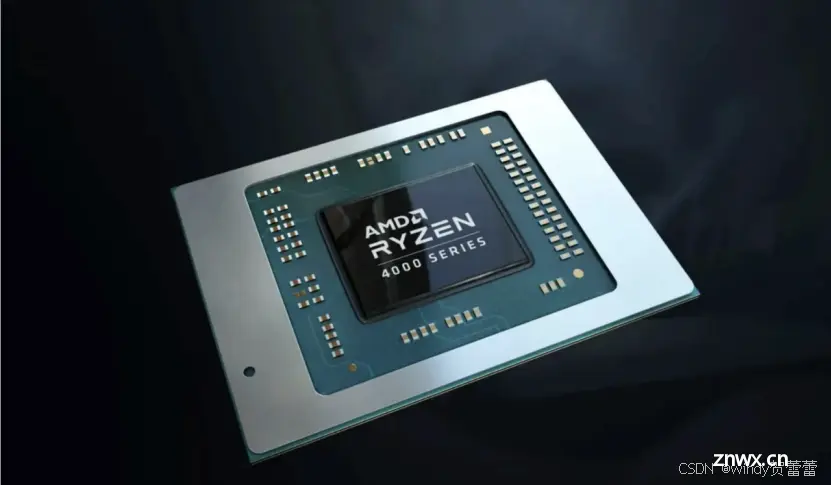
Notable makers of CPUs
It’s sometimes assumed that since CPU technology is well established, it must be stagnant. However, there’s considerable evidence of continued innovation at work as new products are constantly created, all of them trying to offer the best CPU (or microprocessor) possible. The following companies repeatedly demonstrate that effort:
Advanced Micro Devices (AMD): AMD has manufactured Ryzen microprocessors since its 2017 founding. Notable AMD Ryzen products (e.g., Ryzen 7, Ryzen 9) have been prized by video gamers for dependably delivering high-speed game action, while the Ryzen 5 1600 processor has scored well with those working in software development.Intel: Intel has been a leading name in computer chip production for decades, having begun producing chips in 1975. Processors like the Intel Core i5 (introduced in 2009) have shown perfect compatibility with programs that require more processing power, such as video editing programs and software development programs.
Intel: Steady Strength
As a veteran manufacturer in the field of computer processors, Intel has always been known for its stable performance and reliability.
Its Core series processors are widely used in home computers and are divided into four sub-series: i3, i5, i7 and i9, covering the mid-to-low-end, mainstream, high-end and flagship markets.
Intel processors have strong single-core performance, low power consumption, and high stability, making them suitable for scenarios with high single-thread performance requirements, such as games.
GPU
Graphics Card: GPU
For gaming image-intensive or network training tasks, choosing the right graphics card is crucial. If you frequently work with video editing, play demanding games, or use software like Photoshop, you'll need a good graphics card. A higher-quality GPU will enhance image processing capabilities and better support the CPU, improving overall system performance.
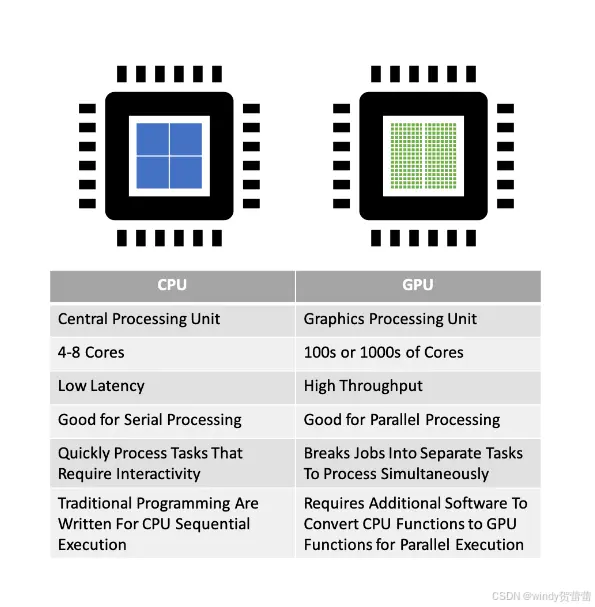
The classifications of graphics cards
Laptop graphics cards are generally classified into integrated and dedicated types:
Integrated Graphics (IGP): Also known as onboard graphics, these are usually built into the CPU and offer lower performance. However, they have lower power consumption.Dedicated Graphics: These are separate graphics cards with better performance than integrated graphics. They are installed in a dedicated slot, making it easier to replace or upgrade them.
The brands of graphics cards
The main brands are NVIDIA and AMD. Currently, dedicated laptop graphics cards are primarily from NVIDIA, so this article will focus on NVIDIA products.
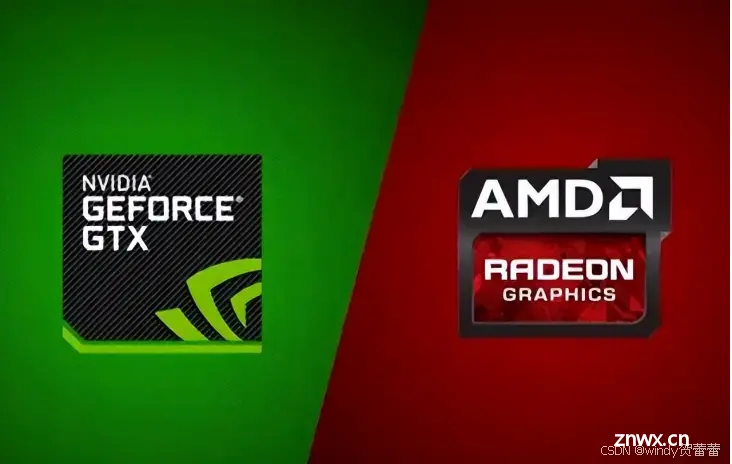
To help you choose, here’s an overview of NVIDIA’s naming conventions:
Series Number: NVIDIA’s graphics cards are typically named with a series number, such as RTX 3080, where 30 represents the series and 80 indicates the performance tier within that series. Higher numbers generally denote better performance.Suffixes: Suffixes after the model number indicate specific variants, such as:
Ti: Performance-enhanced version (e.g., RTX 3060 Ti).Super: Slightly improved performance version (e.g., RTX 2070 Super).Max-Q: Low-power version of the graphics card for laptops, suitable for thin and light laptops.
Dedicated Graphics Cards
GeForce MX Series:
Target Users: Daily office tasks, ultra-portable users, lightweight graphic work.MX550: Provides better performance than integrated graphics, suitable for light graphic tasks and basic gaming.MX450: An older model, still suitable for budget-conscious users needing slightly better performance than integrated graphics.Thin and Light Laptops: Max-Q design graphics cards are suitable for users who want high performance in a thin and light laptop. These cards have lower power consumption and optimized cooling designs, balancing portability and performance.Gaming Laptops: For users prioritizing performance over portability, standard RTX graphics cards usually offer higher performance and better cooling management.
GeForce RTX Series:
Target Users: Gamers, content creators, designers.
RTX 4090, 4080, 4070 Ti: Top-tier graphics cards with the highest graphics processing power.RTX 3080, 3070: Offers good value for money, suitable for 2K or high frame rate 1080p gaming.RTX 3060 Ti, 3060: Mainstream cards, suitable for 1080p high settings games and some 2K games.
GeForce GTX Series:
Target Users: Budget-conscious gamers and general users.
GTX 1650, 1650 Ti: Commonly found in light gaming laptops, suitable for 1080p medium to high settings games.GTX 1660 Ti: Better performance than the GTX 1650 series, suitable for users with slightly higher performance needs.
MEMORY
The operation of a computer is much like a logistics system: when we start up the computer and open an application (such as a game), the application is typically stored on the hard drive. However, the processor doesn't directly read from the hard drive. Instead, the application is first loaded into memory. The processor then reads data from memory, and our interactions with the application are not directly sent to the hard drive. They are first transmitted to memory, which then communicates with the hard drive.
To help you better understand, you can think of the workings of computer memory as akin to a logistics system.

We users are like programs running on a computer. Memory acts as the courier, while the hard drive serves as the warehouse storing the packages (programs) we need. When we need a package, we don't go directly to the warehouse but rely on the courier to deliver it to us. Similarly, when we send a package, we don't go straight to the warehouse; instead, we contact the courier to come pick it up, and then it gets sent out from the warehouse.
Now, some might wonder: Why doesn't the processor connect directly to the hard drive and instead involve this memory "middleman"? Well, with the current speed of hard drives typically measured in MB, how could they compare to the speed of memory measured in GB?
Now let's talk about several key parameters of memory: capacity, frequency, channels, and timings.
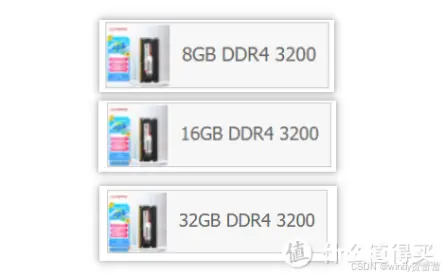
Capacity
Memory capacity refers to the amount of data that a memory module can store. Continuing with the courier analogy, capacity is like the size of a courier's delivery vehicle. The larger the vehicle, the more packages it can deliver at once. In the context of computers, larger memory capacity allows for more programs to run simultaneously. This explains why many users experience lag when running multiple programs—the courier's delivery vehicle is too small, causing delays in delivering all the packages at once. It's better to buy more capacity within budget constraints, even if it means having more performance than needed. Currently, mainstream configurations typically include 16GB of memory. For gamers or those with high productivity demands (especially in design, editing, or modeling), it's advisable to go for 32GB or more. Also, after deciding on capacity, consider dual-channel configurations whenever possible, as mentioned earlier.
Frequency
Memory frequency refers to the clock speed of the memory, essentially its operating speed. Higher frequencies indicate faster data transfer rates. Using the courier analogy, this is like the speed of the courier's delivery vehicle. Would you prefer a courier on a bicycle or one in a car for faster deliveries? Obviously, the car, as it gets the packages to you more quickly. Currently, mainstream DDR4 memory frequencies include 3200, 3600, and 4000MHz; DDR5 includes 6000, 6400, and 6800MHz. Therefore, when purchasing memory, it's recommended not to buy DDR4 memory modules below 3200MHz in frequency or DDR5 modules below 6000MHz.
Channels
Memory channels refer to the physical connection pathways between memory modules and the memory controller on the motherboard. Multiple channels provide greater bandwidth, improving data transfer speeds. Using the courier analogy again, if two couriers can deliver the same number of packages, they will be faster than a single courier. Therefore, if possible, prioritize dual-channel or quad-channel configurations.
Timing
Memory timing refers to the access and response times of the memory. Lower timings indicate lower latency, meaning faster access and response times. This is akin to the courier's efficiency—the better their abilities, the more agile they are in delivering packages quickly to users. Memory timings are generally expressed on manufacturer websites as "CL-XX," where common DDR4 timings include CL14, CL16, CL18, and CL20. CL14 represents top-tier timing, CL16 is excellent, while CL18 and CL20 are common and ordinary timings. It's advisable not to purchase DDR4 memory with timings higher than CL20 or DDR5 memory with timings higher than CL38. High timings can lead to performance bottlenecks, indicating lower-quality memory chips.
To help you grasp these concepts better, here's a mind map for your reference:
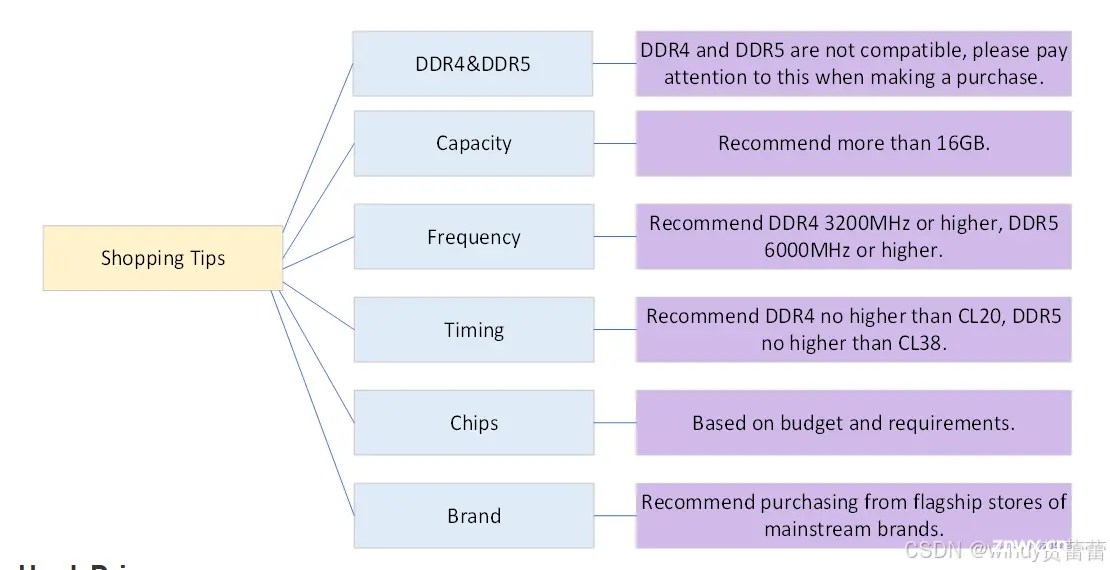
Hard Drive
Capacity:
Generally speaking, the larger the capacity of a hard drive, the more files and data it can store, but the price will also be higher. If using a solid-state drive as a system drive to store a small amount of operating system and commonly used software, then 128GB or 256GB of capacity is usually sufficient; if you need to store a large number of files, games, or engage in professional tasks like image or video editing, then opting for a larger capacity (such as 1TB or 2TB) would be more suitable. If you are unsure about the capacity or prefer a one-time purchase, going for a larger capacity directly would be a better choice.
Flash Memory Chips:
The core of a solid-state drive lies in the flash memory chips, whose quality directly impacts user experience. They are mainly divided into four types: SLC, MLC, TLC, QLC.
SLC offers the fastest transfer speeds and longer lifespan, but it is very expensive and has small capacities, generally used in commercial or military settings and rarely found on the market.
MLC's performance and lifespan are second only to SLC, making it suitable for home use and data centers, although it has become rare in the market in recent years.
TLC is currently the mainstream in the solid-state drive market, offering a balanced mix of performance, lifespan, and price. The industry has now fully transitioned to consumer-grade and data center TLC chips. For consumers, choosing TLC is sufficient for daily gaming or office tasks, offering better value for money.
QLC is not yet mature, with lower read/write lifespans. Industry users and data centers completely avoid QLC. Furthermore, QLC is priced similarly to TLC but offers lackluster performance, making it not recommended. For everyday use, opting for TLC chips is the way to go.
Interfaces and Protocols Determine Speed:
Before purchasing a solid-state drive, it is important to first confirm the interface supported by your motherboard. Failure to do so could result in reduced speeds or even the drive being unusable. Common interfaces include SATA, M.2 (which has strong compatibility, supporting both SATA and NVMe channels), and PCIe interfaces.
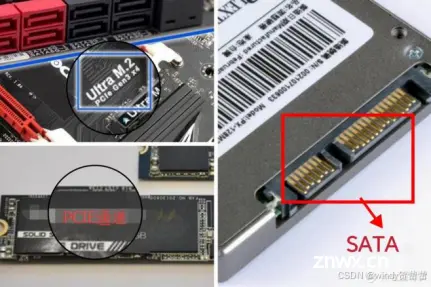
The M.2 interface is further divided into M.2 SATA and M.2 NVMe, with M.2 NVMe supporting high-speed SSDs that utilize the NVMe protocol and run through the PCIe channel. Within M.2 NVMe solid-state drives, there are two interface protocols: PCIe 3.0 and PCIe 4.0.
Currently, the theoretical maximum speed of the SATA bus is 600MB/s, while the PCIe 3.0 bus has a maximum speed of 4GB/s, and PCIe 4.0 reaches a maximum speed of 8GB/s. It can be said that M.2 NVMe SSDs, in terms of speed and performance, are more than twice as fast as standard SSDs using the SATA interface.
For those building a new computer, it is advisable to opt for an NVMe M.2 solid-state drive utilizing the PCIe 3.0 protocol. If the budget allows, consider upgrading to PCIe 4.0. In the case of upgrading an older computer (where the motherboard does not support M.2 interfaces), selecting a SATA solid-state drive is a viable option.
HARDWARE
Screen

1. Resolution: The resolution refers to the number of pixels arranged vertically and horizontally on a screen. For example, a common resolution for laptop screens is 1920x1080, which means there are 1920 pixels horizontally and 1080 pixels vertically. The more pixels a screen has, the more detailed the image will appear to the human eye. Common laptop screen resolutions include 1920x1080, 2560x1440, 2560x1600, 3840x2160, etc.
2. Color Gamut: The color gamut indicates the range of colors a screen can display. There are several standard color gamuts, including sRGB (Standard Red Green Blue), DCI-P3 (which includes more colors than sRGB, particularly in the red and green areas), and Adobe RGB (which encompasses a broader range of colors compared to sRGB, especially in the green and cyan regions).
3. Brightness: Brightness refers to the maximum light intensity of the screen. Common laptop screens have a brightness of around 300 nits, while some high-end screens can reach 400 or 500 nits. Screens with brightness over 400 nits provide better visibility in outdoor conditions. For users working outdoors or in bright environments, it is crucial to consider the screen's brightness specification.
4. Refresh Rate: Refresh rate indicates the number of frames displayed per second on the screen. A higher refresh rate provides smoother performance during gaming and web browsing. Common refresh rates for laptop screens include 60Hz, 90Hz, 120Hz, 144Hz, 300Hz, etc. Gamers should aim for a screen with at least a 120Hz refresh rate, while a 60Hz refresh rate is generally sufficient for daily office tasks. If the budget allows, higher refresh rates are preferable.
Casing
1. Plastic Casing:
ABS Plastic: Common in mid-range and lower-end laptops, it is cost-effective and provides basic protection but can easily show fingerprints.
Polycarbonate (PC): Stronger and more impact-resistant than ABS, typically used in mid-range to high-end laptops.
Polymer Composites: Made from high polymer materials and additives, usually more durable than regular plastics, commonly found in high-end models.
2. Metal Casing:
Aluminum Alloy: Lightweight and sturdy, often used in high-end laptops, with good heat dissipation properties.
Magnesium Alloy: Lighter and stronger than aluminum alloy, commonly found in high-end laptops.
Stainless Steel: Less common, but used in some specific models, offering higher durability and a premium feel.
3. Carbon Fiber Casing:
Carbon Fiber Composite: Extremely strong and lightweight, used in ultra-high-end or professional-grade laptops, providing excellent durability and portability.
Thermal management
Thermal management has a direct impact on the performance and overall experience of a laptop. Poor cooling can prevent the CPU and GPU from effectively dissipating heat, leading to thermal throttling. As a result, the CPU and GPU will reduce their performance to avoid overheating, causing noticeable lag.

1. Fan Cooling
Fan: Most laptops are equipped with internal fans to expel hot air from inside the laptop. The fan typically works in conjunction with a heatsink to aid in cooling.
Heatsink: The fan is usually paired with a heatsink (often made of aluminum or copper). The heatsink’s role is to increase the surface area for heat dissipation, making it more effective at transferring heat to the airflow generated by the fan.
2. Heat Pipes
Heat Pipe: A heat pipe is a sealed tube filled with a liquid that has good thermal conductivity. In the working principle of a heat pipe, the liquid evaporates at the hot part, transferring heat to the cooler part, where it then condenses, forming a cycle. This method effectively transfers heat from the heat source to the heatsink or fan.
3. Liquid Metal Cooling
Liquid Metal Thermal Paste: Liquid metal (such as gallium-indium alloy) has extremely high thermal conductivity and is used as a replacement for traditional thermal paste to enhance cooling efficiency. Liquid metal is commonly used in high-end laptops and workstations.
4. Thermal Pads
Thermal Pads: Thermal pads are soft materials used to fill gaps between the heat source and the heatsink, aiding in heat transfer. They are typically made from silicone or other thermal conductive materials.
Battery
1. Battery Types:
Lithium-Ion Battery (Li-ion): The most common type of laptop battery, known for its high energy density and long lifespan. Frequently used in Windows laptops.
Lithium-Polymer Battery (Li-Po): Lighter and thinner than lithium-ion batteries, allowing for various shapes and sizes, typically used in ultra-thin laptops. Common in Apple laptops.
2. Battery Capacity:
Capacity (mAh or Wh): The capacity of the battery determines the laptop's battery life. Higher capacity generally means longer battery life. Typical laptop battery capacities range from 30Wh to 100Wh.
3. Battery Lifespan:
Cycle Life: Refers to the number of charge and discharge cycles the battery can undergo before losing a significant percentage of its capacity. Most laptop batteries have a cycle life between 300 and 1000 cycles.
4. Battery Charging:
Fast Charging: Some laptops support fast charging technology, allowing for quicker charging within a shorter time frame.
USB-C Charging: An increasing number of laptops support charging through USB-C ports, simplifying the charging process and making chargers more universal.
Ports
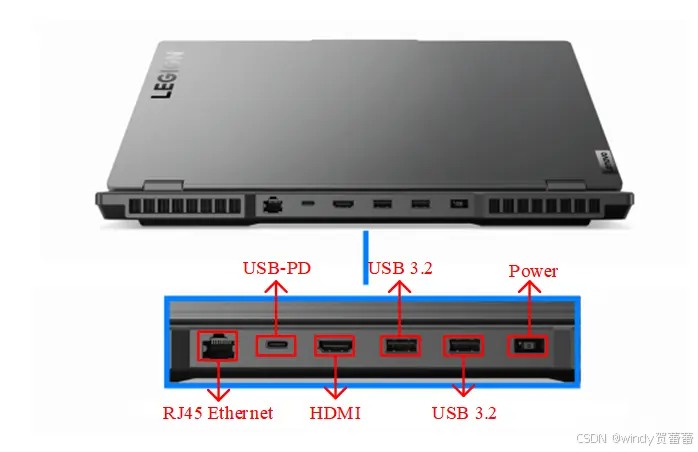
Common Port Types:
1. USB Ports:
USB 2.0: Provides a transfer speed of 480 Mbps.
USB 3.0/3.1/3.2: Offers faster data transfer speeds compared to USB 2.0, commonly used for high-performance peripherals. Transfer speed up to 5 Gbps.
2. HDMI:
HDMI: Used to connect the laptop to monitors, TVs, or projectors, supporting high-definition video and audio transmission.
3. Audio Ports:
Headphone/Microphone Jack: Typically a 3.5mm jack used for connecting headphones, microphones, or other audio devices.
3. Network Ports:
Ethernet (RJ-45): Used for wired network connections, commonly used in scenarios requiring stable network connections.
Wi-Fi: Wireless network interface; modern laptops support various Wi-Fi standards, such as Wi-Fi 5 (802.11ac) and Wi-Fi 6 (802.11ax).
4. Power Ports:
Traditional Power Port: Used to connect the laptop to a power adapter.
Laptop Selection Categories
When looking to choose a cost-effective laptop, the first thing to consider is your primary use. Only by clarifying your functional needs can you find the corresponding type of laptop, and then select the one that you think is the best within that category.
Ultrabooks
Ultrabooks are compact and aesthetically pleasing, with screen sizes ranging from 14 to 15.6 inches and a weight not exceeding 2Kg. Due to their reduced size, there is no need to overly pursue performance and functionality. A moderate configuration can meet daily usage needs, but the key is that they are more portable for travel.
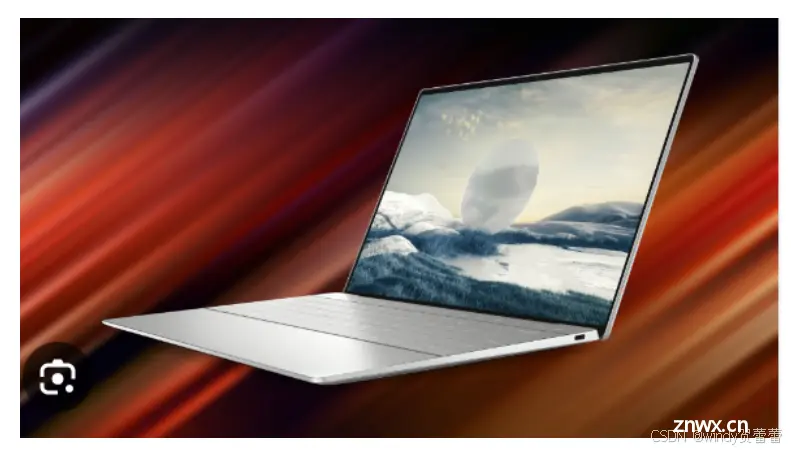
Business Laptops
Security and stability are the foundations of business laptops, ensuring the safety of users' data and improving work efficiency. They also require a simple and elegant appearance that fits the aesthetics of business people, with excellent portability. In terms of performance, they should be balanced, stable, safe, and user-friendly.[The business version is a little heavier than the thin version, more drop resistant to high temperatures, and has more space to add memory and hard disk

Gaming Laptops
These are laptops that focus on gaming performance and must have hardware configurations that meet certain gaming standards, such as high-performance CPUs, dedicated graphics cards, 2K resolution, and ultra-high refresh rate screens. Additionally, because gaming generates a lot of heat, their cooling performance is also crucial. Moreover, they also have strong productivity capabilities, providing better support for code programming and video editing.
【Can provide users with audio and video entertainment experience】

1.800-1000 euros is the purchase range of most people, if the unit price is more than 1500 euros, this laptop should be able to meet the appearance, performance, endurance, heat dissipation capacity. Even if it's a little weak, how weak is it
2. Demand budget first, demand second. When your budget is met, your needs will be met. It's like the boss asking why you don't take the initiative to work overtime: 3,000 yuan is the sale of labor, the sale of soul and dignity is not this price! There are also some bloggers who recommend the game book, and it is not entirely unreasonable. Games are not necessarily the best way to test computer performance, but they are the most intuitive way. It's really difficult to author: programmers reference:
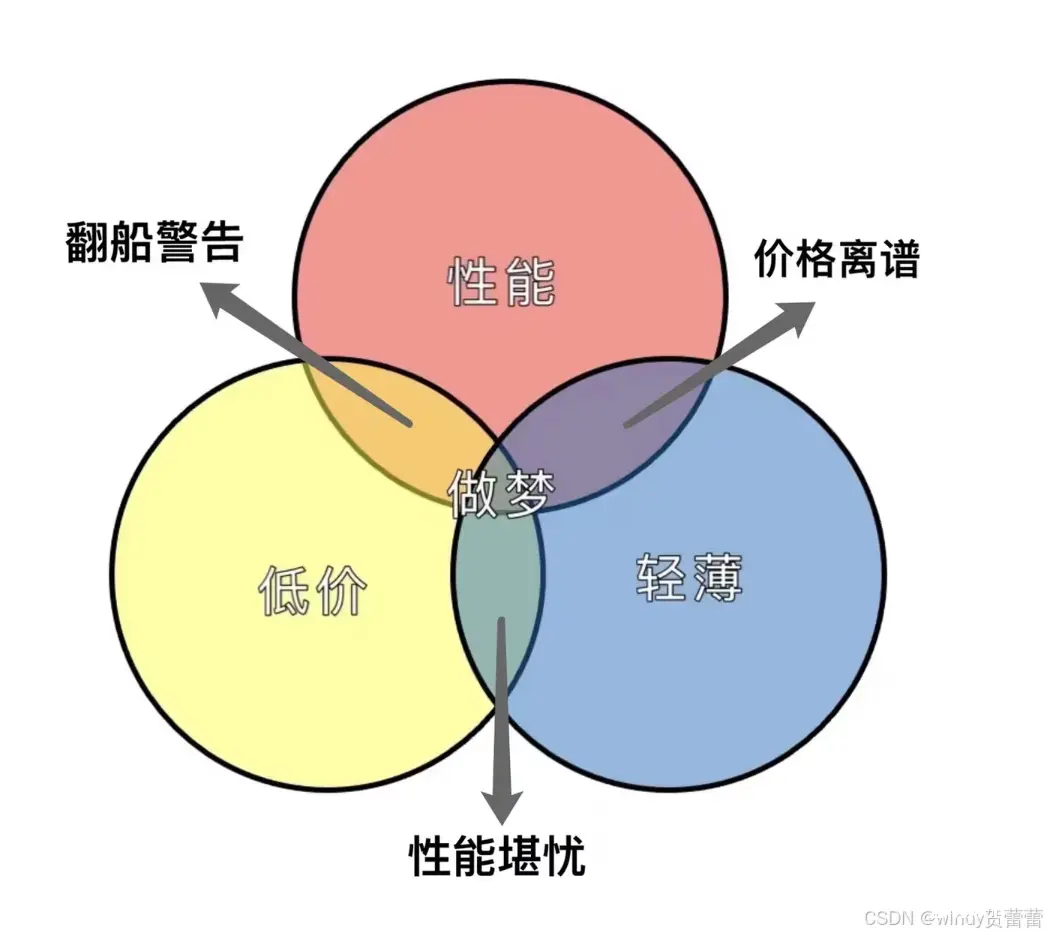
SUGGESTION
Pre-Purchase Research: Before buying a laptop, people often look for detailed guides and comparisons to understand which model best suits their needs, budget, and preferences. A blog can provide insights into different laptop specifications, brands, and features.
Tech Reviews: Many people rely on blogs for reviews of the latest laptop models. These reviews can offer real-world performance assessments, pros and cons, and expert opinions, helping potential buyers make an informed decision.
Comparisons and Recommendations: Blogs can compare various laptops side-by-side, highlighting differences in performance, price, and features. This helps readers identify the best options within their budget.
Troubleshooting and Tips: After purchase, users might seek blogs for troubleshooting tips, maintenance advice, and ways to optimize their laptop's performance.
Trends and Innovations: Keeping up with the latest trends and innovations in laptop technology can be important for tech enthusiasts and professionals. Blogs often cover new developments and future trends in the laptop industry.
Join a community of tech enthusiasts and readers. Engage with our content, leave comments, and participate in discussions to share experiences and learn from others.
声明
本文内容仅代表作者观点,或转载于其他网站,本站不以此文作为商业用途
如有涉及侵权,请联系本站进行删除
转载本站原创文章,请注明来源及作者。